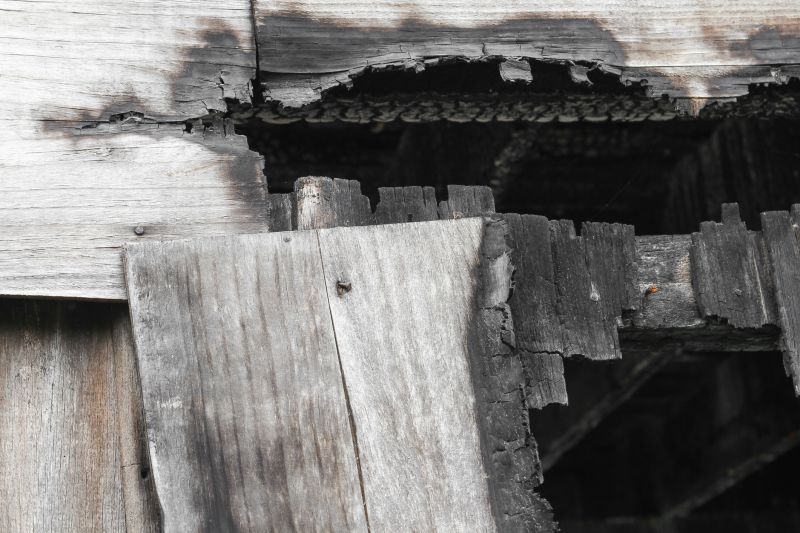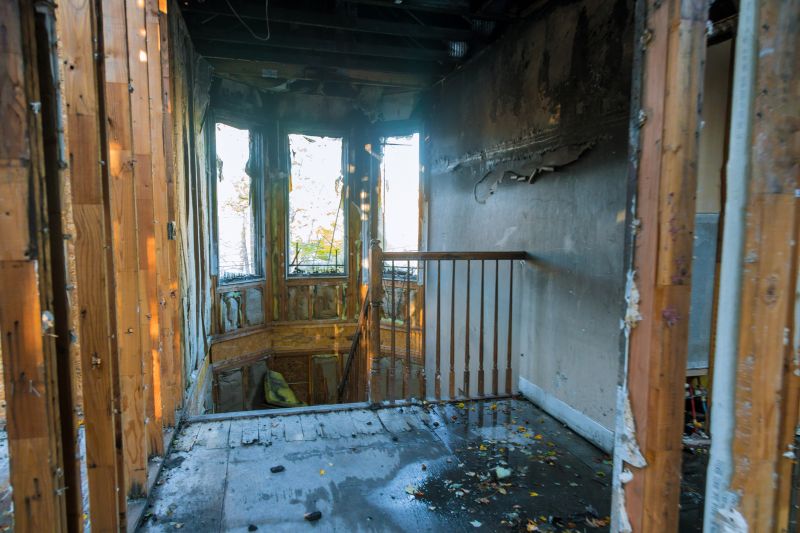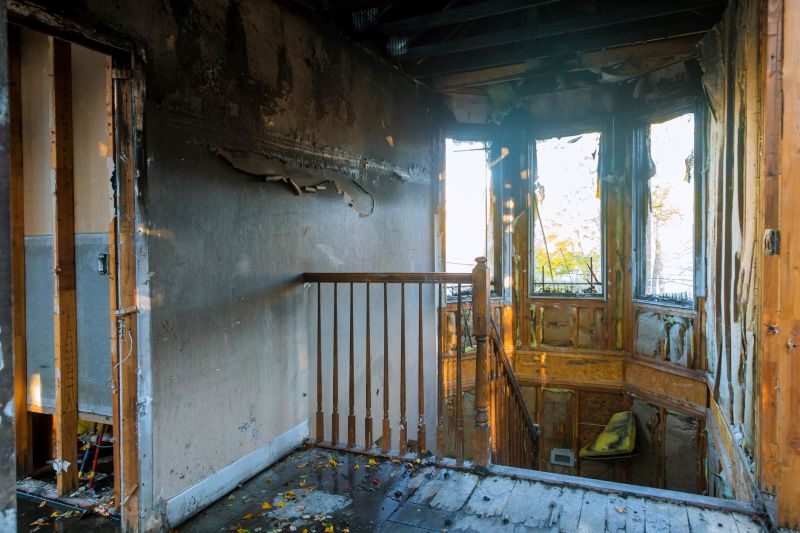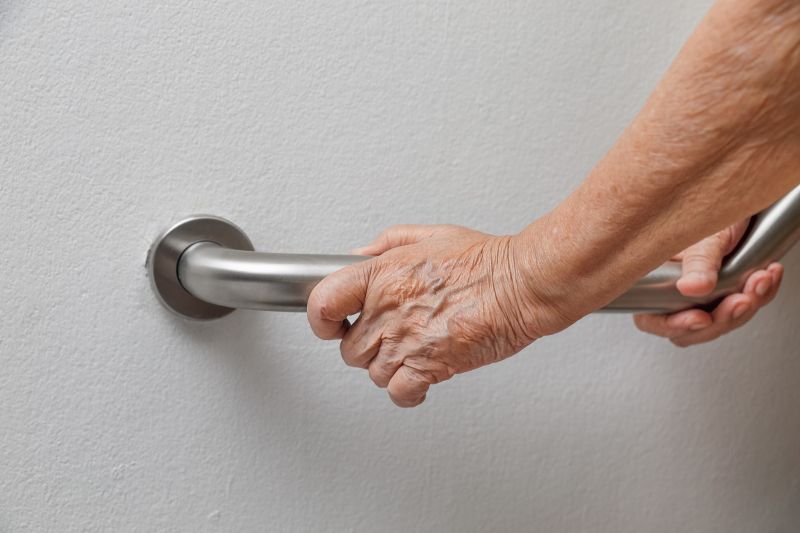Optimal Timing for Fire Restorations
Understanding the optimal time for fire restorations can influence the effectiveness and safety of the process. Factors such as weather conditions, humidity levels, and seasonal considerations play a significant role in planning restoration efforts. Proper timing ensures that structural repairs and cleaning are performed under conditions that minimize further damage and facilitate proper drying and treatment.
Spring and fall often provide moderate weather suitable for fire restoration projects, reducing delays caused by extreme temperatures or precipitation.
Dry, mild days help in effective smoke and soot removal, while high humidity can hinder drying processes and promote mold growth.
Immediate response after a fire minimizes damage and allows for more effective restoration, regardless of season.
Scheduling during seasons with predictable weather can streamline restoration efforts and reduce project duration.

Initial evaluation to determine extent of damage and best timing for restoration.

Performed when weather conditions favor safe and effective cleaning processes.

Optimal during dry seasons to ensure materials set properly and prevent further damage.

Ways to make Fire Restorations work in tight or awkward layouts.

Popular materials for Fire Restorations and why they hold up over time.

Simple add-ons that improve Fire Restorations without blowing the budget.

High-end options that actually feel worth it for Fire Restorations.

Finishes and colors that play nicely with Fire Restorations.
| Season | Advantages |
|---|---|
| Spring | Moderate weather suitable for most restoration activities. |
| Summer | Longer daylight hours allow for extended work periods. |
| Fall | Cooler temperatures reduce the risk of heat-related issues. |
| Winter | Potential delays due to cold and moisture; less ideal but sometimes necessary. |
Fire restorations encompass a range of services aimed at restoring a property after fire damage. These include debris removal, smoke and soot cleaning, structural repairs, and odor mitigation. The process requires careful assessment to determine the most effective timing for each phase, ensuring safety and optimal results. Effective restoration not only restores the appearance but also helps in preventing secondary issues such as mold growth or structural deterioration.

Specialized techniques to remove smoke residues from surfaces.

Rebuilding and repairing damaged frameworks.

Advanced methods to eliminate persistent fire odors.

Restoring personal belongings affected by fire and smoke.

Little measurements that prevent headaches on Fire Restorations day.

A 60-second routine that keeps Fire Restorations looking new.

A frequent mistake in Fire Restorations and how to dodge it.

Small tweaks to make Fire Restorations safer and easier to use.
Interested in fire restoration services? Filling out the contact form can provide more information about available options and scheduling. Prompt action helps in restoring safety and property value effectively.
